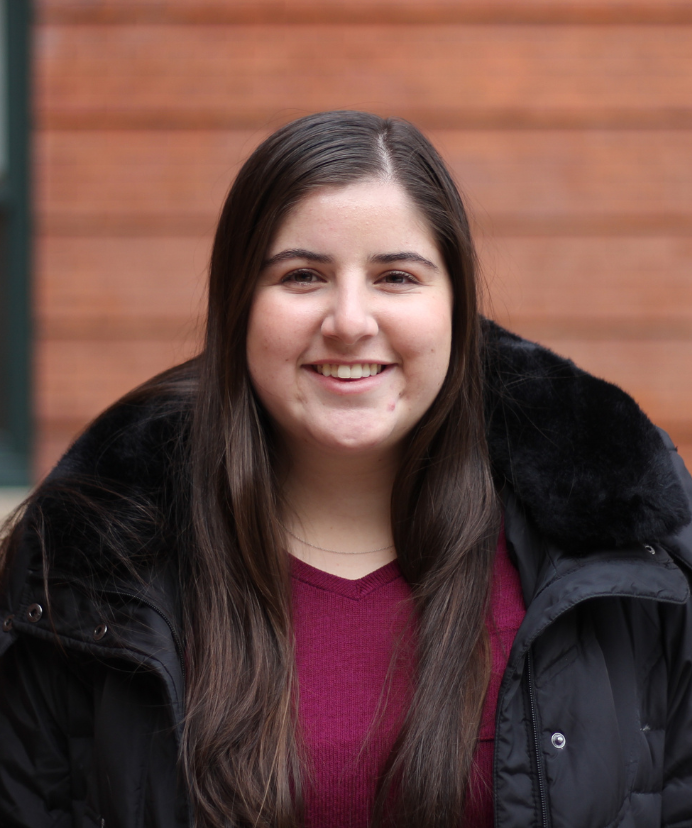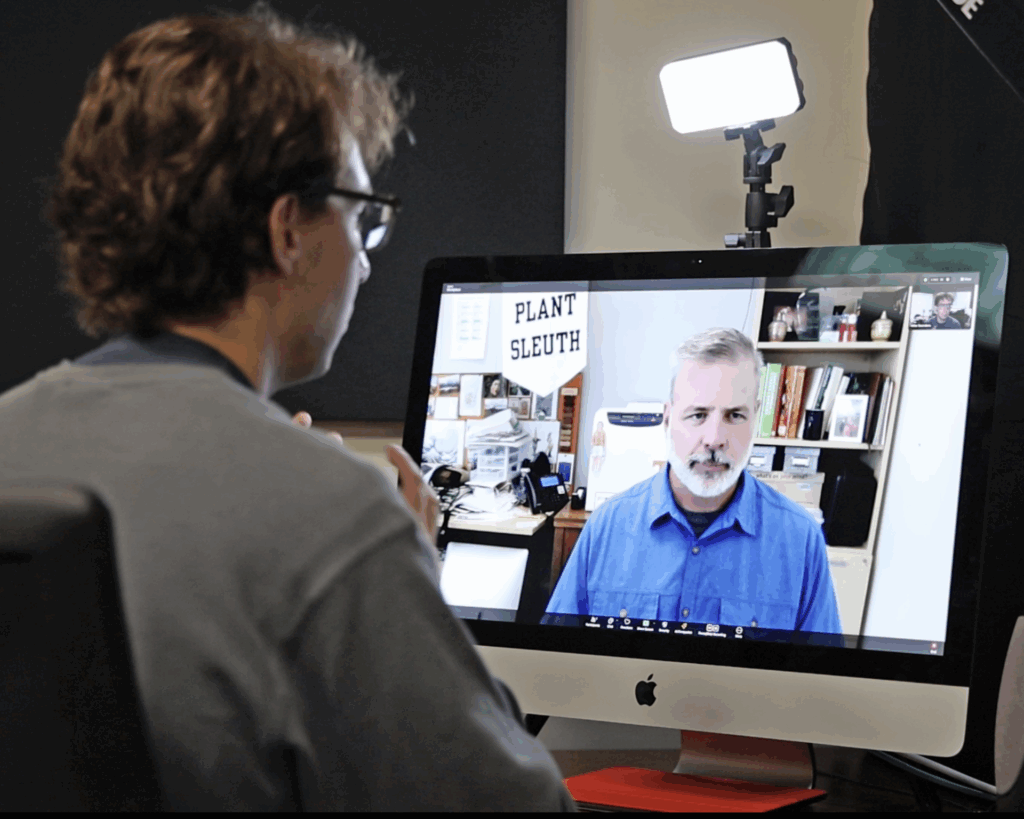Israel Del Toro
Israel Del Toro talks with PHP about how No Mow May helps bees, why bees are important for public health, and other ways to actively conserve pollinators.

Read Time: 4 minutes
Published:
Israel Del Toro is a biology professor and researcher at Lawrence University who advocates for the No Mow May movement. He spoke with PHP about how No Mow May helps bees, why bees are important for public health, and other ways to actively conserve pollinators.
Israel Del Toro, a professor of biology at Lawrence University, has been described as a “Champion of Bees.” And it is no surprise. His research is actively contributing to helping bees do their evolutionary work. More specifically, his research focuses on the No Mow May Movement, meaning that by not mowing our lawns in the month of May, we are helping our pollinator friends as they come out of hibernation. Del Toro and his team found that lawns that are the recipients of the No Mow movement have higher levels of pollinator richness, and there is a specific reason why he chose May.
“It’s a climate thing,” he explained. “No Mow May works really well here in Wisconsin or up in the Northeast of New England. But if you move further south, bees are starting to come out of hibernation earlier. For example, if you’re in Missouri, you might consider a No Mow April. And if you’re further south you might consider a No Mow March or a No Mow February, depending on where you are geographically.”
Given that No Mow May has had a large effect on increasing bee density, might a longer No Mow period produce an even bigger impact? Del Toro explained that is not the case. “By the time June comes around, there’s a lot of forging resources available for bees to feed on.” He added, “Asking people to reduce their mowing frequency is going to give bees and pollinators that live underground a little bit more extra time and a little less disturbance, so that goes a long way.”
For those who do not know much about the connection between ecology and public health, Del Toro explained why it is so important to protect pollinators. “Bees are really important ecologically. They are responsible for pollination and we, as humans, are dependent on bees and other pollinating insects for about a third of the food that we consume.” Besides this contribution to food security, some pollinating insects are also responsible for regulating disease outbreaks. “Dragonflies, for example, eat mosquito larva and mosquitoes, vectors for some of the more dramatic diseases out there, like malaria, yellow fever, and dengue.”
How else might citizens contribute to bees’ protection? Del Toro offers a ready list. “Reducing herbicide use, and pesticide use. Also, building pollinator habitats, like leaving a back corner of your yard filled with bush so that bees and bumblebees can nest under there in the winter. Not raking your leaves that very last time in the fall, because bees rely on that insulation from leaves so that they can spend winter underground.
“And going back to sort of a public health perspective, the reduction of our use of chemicals is a really, really big one that has major implications. For example, many of the things that we normally spray to control pests and weeds in our yards are carcinogenic and people overuse them. You can go to the store and buy an unregulated amount of a carcinogen, and then you spray it all over your lawn. This has serious human health implications.”
For Del Toro the take home message is: No Mow May isn’t just about mowing your lawn. “No Mow May is also about taking an active role in pollinator conservation. Instead of spending that time mowing your lawn in the spring, think about how you can spend that time growing some native flowers, or building that bee habitat, or maybe reducing the frequency that you mow all year long. All of these are tiny pieces of the puzzle that help us protect our pollinators in more effective ways.” Del Toro reminds us that “Everything is connected, right? The idea that we have to learn to live sustainably, in balance with other organisms in urban ecosystems, that’s a real idea.”
Photo provided by Lawrence University



